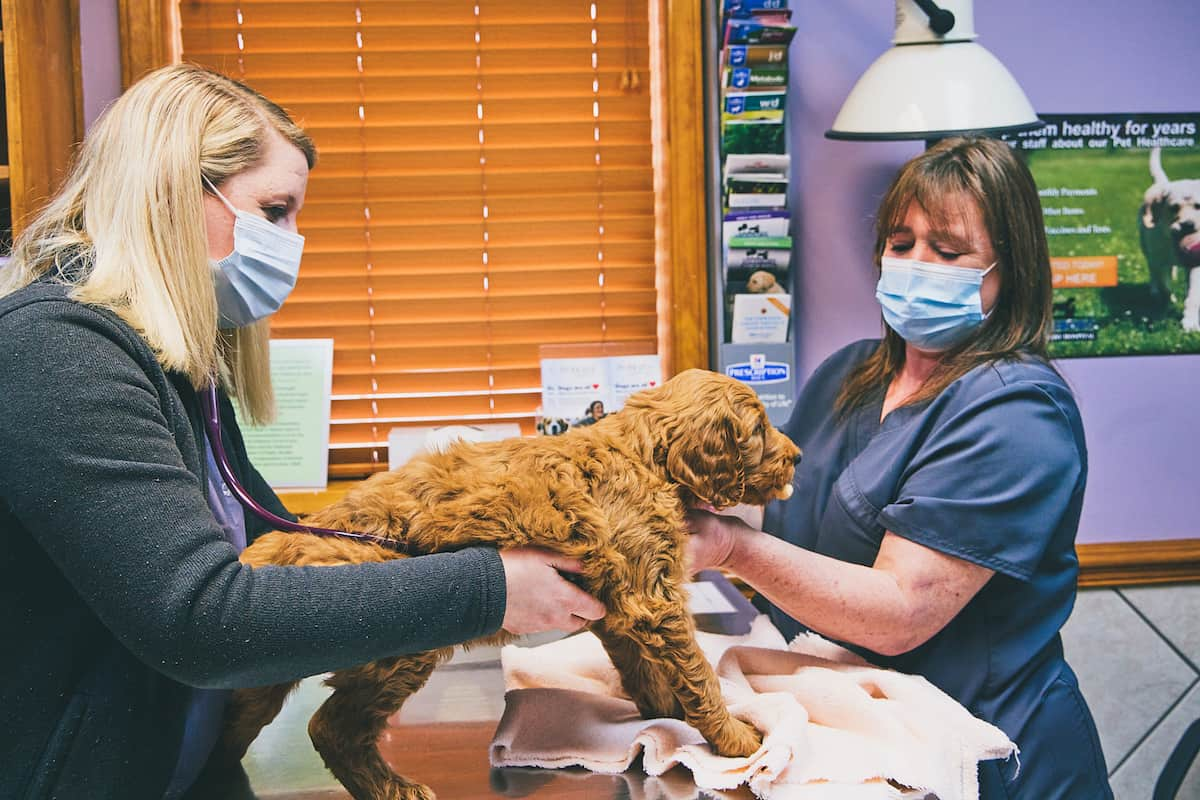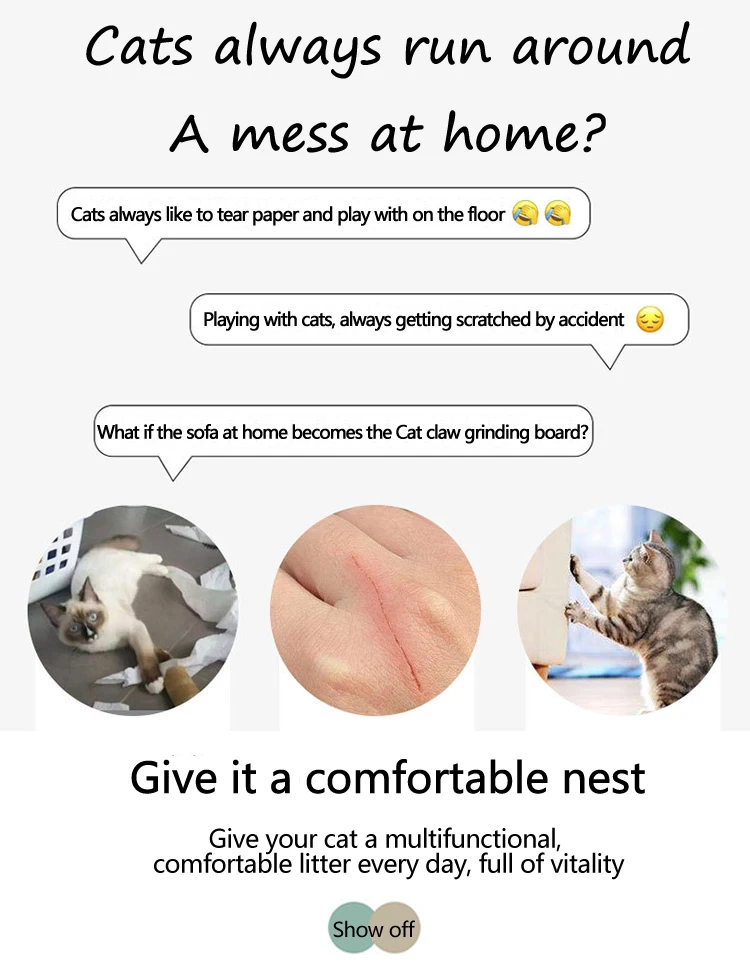## Peace Lily Pet Safe: The Ultimate Guide to Choosing Pet-Friendly Houseplants
When it comes to decorating your home, houseplants can add a touch of life and color while also improving air quality. However, as a pet owner, you may have……
When it comes to decorating your home, houseplants can add a touch of life and color while also improving air quality. However, as a pet owner, you may have concerns about which plants are safe for your furry friends. In this comprehensive guide, we will explore the benefits of the **Peace Lily Pet Safe** plant, its care requirements, and how to ensure a harmonious environment for both your pets and your indoor greenery.
### Understanding the Peace Lily
The **Peace Lily Pet Safe** is a popular choice among houseplant enthusiasts due to its striking appearance and air-purifying qualities. With its glossy green leaves and elegant white blooms, it can brighten up any room. However, it’s important to note that while the Peace Lily is not toxic to pets, it can cause mild gastrointestinal upset if ingested. Therefore, it’s essential to place it out of reach of curious pets.
### Benefits of the Peace Lily
1. **Air Purification**: The **Peace Lily Pet Safe** is known for its ability to remove harmful toxins from the air, including formaldehyde, benzene, and carbon monoxide. This makes it an excellent choice for maintaining a healthy indoor environment.
2. **Low Maintenance**: This plant is relatively easy to care for, making it suitable for both novice and experienced plant owners. It thrives in low to medium light conditions and only requires watering when the top inch of soil feels dry.
3. **Aesthetic Appeal**: The elegant blooms and lush foliage of the **Peace Lily Pet Safe** can complement any decor style, from modern to traditional, making it a versatile addition to your home.

### Caring for Your Peace Lily
To ensure that your **Peace Lily Pet Safe** thrives, follow these care tips:
- **Light**: Place your Peace Lily in a location with indirect sunlight. Too much direct light can scorch the leaves, while too little light can hinder blooming.
- **Watering**: Water your plant thoroughly, allowing excess water to drain out of the pot. Be cautious not to overwater, as this can lead to root rot. Aim to keep the soil consistently moist but not soggy.
- **Humidity**: Peace Lilies enjoy humidity, so consider misting the leaves or placing the pot on a tray filled with pebbles and water to maintain moisture levels.

- **Fertilization**: During the growing season (spring and summer), feed your Peace Lily with a balanced houseplant fertilizer every 6-8 weeks to promote healthy growth.
### Creating a Pet-Friendly Environment
While the **Peace Lily Pet Safe** is relatively safe, it’s wise to take precautions to protect both your pets and your plants. Here are some tips:
- **Placement**: Keep your Peace Lily on high shelves or in rooms that are off-limits to pets. This will minimize the chances of accidental ingestion.
- **Training**: Train your pets to stay away from plants by using positive reinforcement techniques. Reward them for ignoring the plant and redirect their attention to pet-friendly toys.

- **Alternative Plants**: If you’re particularly worried about plant safety, consider other non-toxic plants such as spider plants, Boston ferns, or bamboo palms.
### Conclusion
In summary, the **Peace Lily Pet Safe** is a beautiful and beneficial addition to any home, offering both aesthetic appeal and air purification. By following proper care guidelines and taking steps to create a pet-friendly environment, you can enjoy the beauty of this plant without compromising the safety of your beloved pets. Whether you’re a seasoned plant parent or just starting your indoor garden, the Peace Lily is a fantastic choice that can thrive alongside your furry friends.